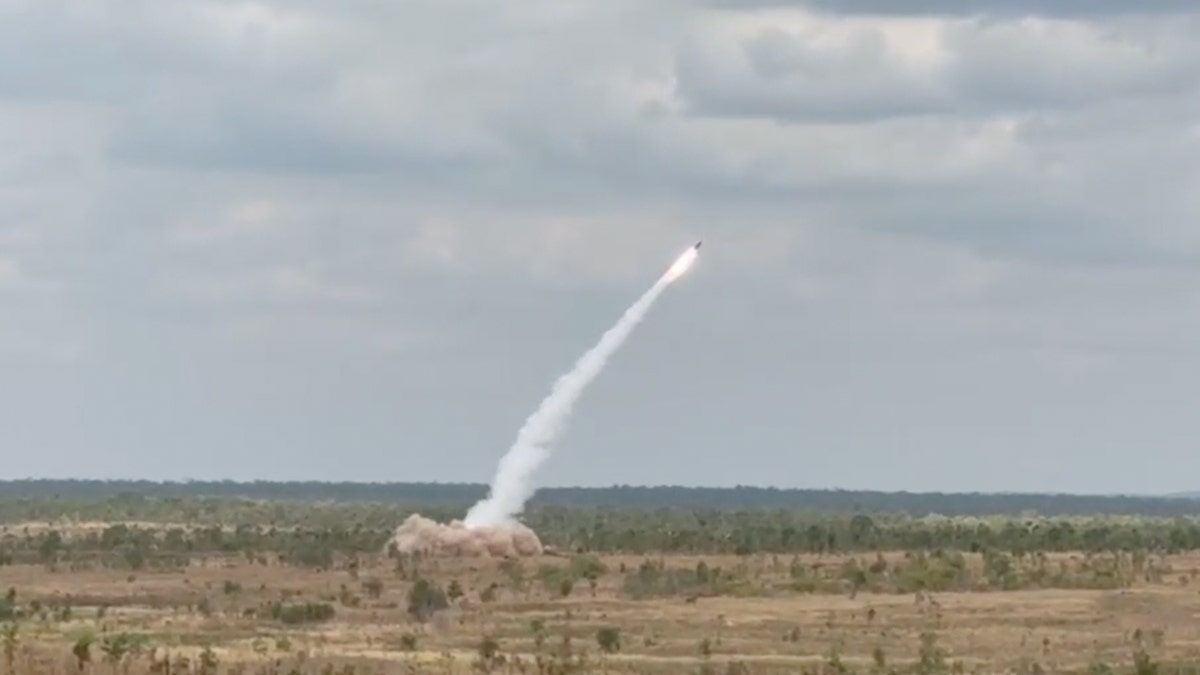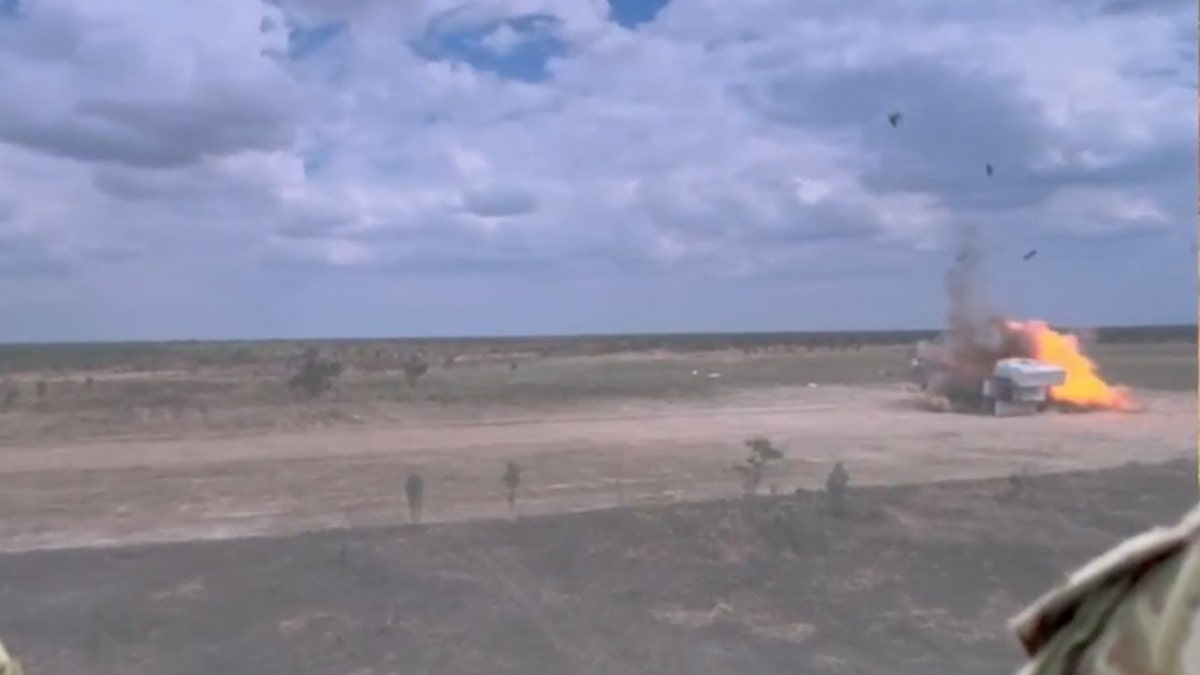Next-gen missile shown off in first Pacific test as US expands long-range arsenal
NEWYou can now listen to Fox News articles!
In a milestone moment, the Army Friday conducted a live-fire test of its precision strike missiles in Australia, the first ever west of the international dateline.
The test, seen in footage obtained by Fox News Digital, marks a significant advancement in the region’s long-range strike capabilities. The precision strike missile (PrSM) has an unclassified range of 300 miles and can hit moving targets on land or at sea.
The test saw a U.S.-manufactured PrSM launched from a High Mobility Artillery Rocket System (HIMARS) vehicle owned by the Australian Defence Force.
TAIWAN CONDUCTS LIVE-FIRE DRILLS WITH US-MADE TANKS AS PRESIDENT LOOKS ON
It was a show of force between the U.S. and Australia at a time of increasing tension in the Indo-Pacific.
“This is just one of the key steps we’re taking throughout the region to deter conflict, while ensuring that our soldiers have the best capabilities available,” said Army Secretary Dan Driscoll, who observed the test at the Mount Bundey Training Area in Australia. “The PrSM allows our forces to hold land and maritime regions at risk, which gives adversaries pause and increases deterrence.”

The PrSM is the U.S. Army’s newest addition to its long-range precision fires (LRPF) portfolio, a triad of advanced strike systems that includes HIMARS-launched missiles, the mid-range capability platform and the Dark Eagle hypersonic missile.
While HIMARS has already proven itself in combat zones like Ukraine, where its ability to rapidly fire and evade counterattack has made it a prized system, the integration of the PrSM into this platform significantly enhances its strategic utility.
The mobile launcher can be deployed from C-17 and C-130 aircraft, a U.S. Navy landing craft and even from ships at sea, a capability tested in joint drills with the U.S. Navy and Marine Corps.
Unlike the 90-mile-range Extended Range Guided Multiple Launch Rocket System (ER GMLRS), which fires six missiles per HIMARS, the PrSM packs two missiles per launcher and can reach more than triple the distance.
Asked why the missiles were an important part of preparation for a potential war in the Indo-Pacific, Driscoll told reporters, “I think if you look at the way conflict is unfolding now, what is not being rewarded is large, massive presences with static locations and big footprints and signatures. What is being rewarded is the ability to be agile, hide your signature and move quickly.”

Fielding of HIMARS continues across the U.S. Indo-Pacific Command, with the 25th Infantry Division in Hawaii recently receiving 16 launchers, a first for a light infantry division tasked with jungle and archipelagic warfare. Officials say they are looking to increase munitions production with key allies.
PENTAGON MAY SINK BIDEN-ERA DEAL TO SELL AUSTRALIA NUCLEAR-POWERED SUBMARINES
The test comes after it was revealed the Pentagon privately pressed Australia to define how it might help if war broke out over a Chinese invasion of Taiwan. Australia responded by stressing it would not commit troops in advance of any conflict.

Australia does not permit permanent foreign military bases, but the U.S. is expanding its rotational presence at Australian sites. Australia and the U.S. recently led a major joint exercise in Sydney involving 30,000 troops from 19 countries.
It also comes at a time when Washington is reconsidering whether to sell nuclear-powered, Virginia-class submarines to Sydney through the Australia-UK-US (AUKUS) deal.
CLICK HERE TO GET THE FOX NEWS APP
The three nations would jointly design a new class of submarines, with Australian production beginning in the 2040s.
